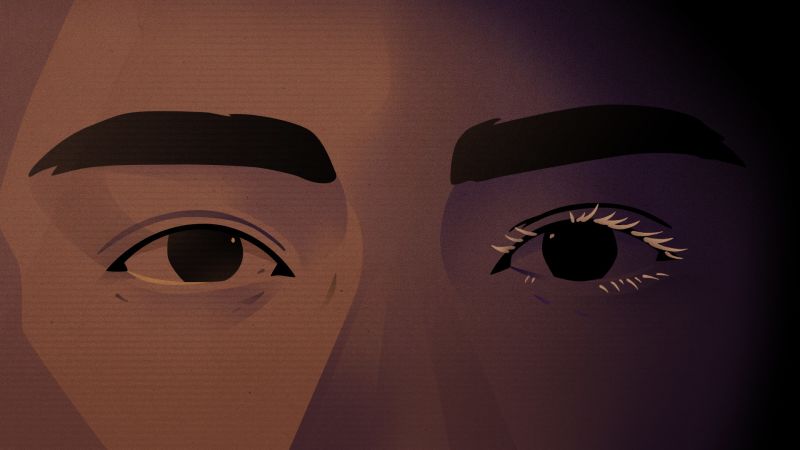
Why men are shaving off their eyelashes
CNN
In today’s increasingly masculine political climate, some men are eager to repress anything about their appearance that could be construed as overtly feminine.
From stopping dust and dirt getting into the eyes to prompting our blink reflex, eyelashes do more than just look pretty. Which makes it hard to explain the social media trend of men trimming down — or even entirely shaving off — their eyelashes in a bid to look “more masculine.” Videos posted to TikTok, Instagram and X in recent weeks show men braving blades very close to their eyes, in barber shops from Turkey to New Zealand, in a quest for stubby lashes. While some barbers are seen wielding buzzing electric clippers, others are freestyling with just a pair of hairdressing scissors and, hopefully, a steady hand. “Eyelashes are vital for both visual experience and eye health,” said Vickie Lee, a consultant ophthalmic and oculoplastic surgeon at Imperial College London, in an email interview. “As well as acting as a barrier and a trigger for the protective blink reflex, eyelashes help reduce airflow over the eyes… maintaining moisture, keeping the eyes healthy and comfortable, filtering intense sunlight, reducing glare and improving visual quality.” While Lee said eyelashes follow a natural growth cycle, shedding and re-growing over time, she added that there are many reasons why removing them, per the methods seen on social media, is a bad idea. “Improper removal can lead to complications… Cutting or trimming eyelashes can cause discomfort and irritation as (it) can leave a sharp stubby end rubbing on the ocular surface,” she said, not to mention the risk of “causing potential injury to the eye.” Lustrous lashes have been a signifier of femininity or attractiveness for centuries, depicted in art (including works by John Singer Sargeant and Pablo Picasso), poetry (Thomas Hood) and literature (F. Scott Fitzgerald), And there may be an evolutionary imperative, too: Scientific research from 2005 found that women with more attractive faces also possessed higher levels of the female sex hormone estrogen, which equates to increased fertility and fecundity — genetic traits that are appealing, in reproductive terms.

The US Centers for Disease Control and Prevention has been tracking abortion trends for decades, but this year’s report — including some of the earliest federal data reflecting the effect of significant changes to abortion access nationwide – has been pushed back until spring amid turmoil at the federal agency.












